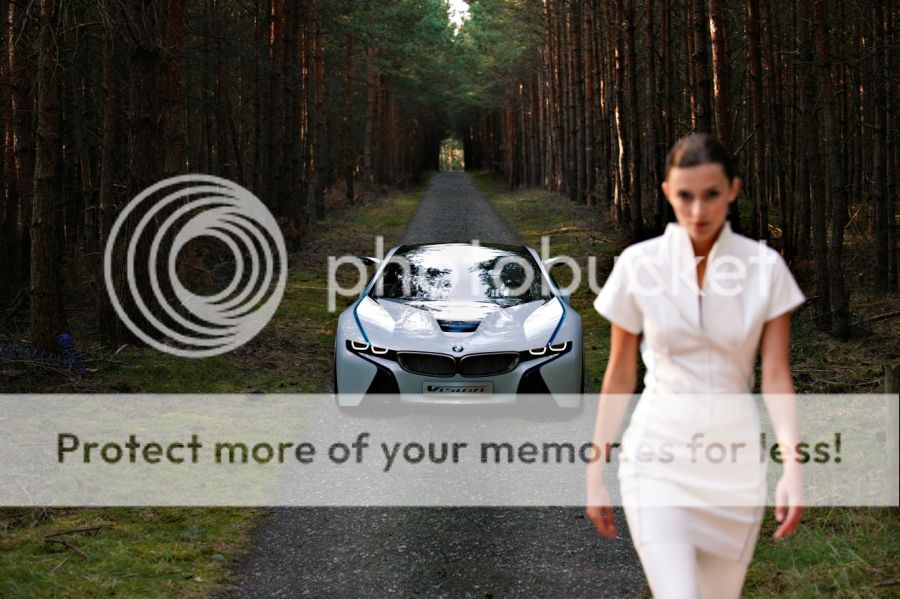
The Vision EfficientDynamics combines a 2.0-liter four-cylinder twin-turbo diesel engine with a mild-hybrid (so-called ActiveHybrid - which the automaker previewed on an X6 at Frankfurt last fall) system, along with some technology that’s ready for production and other technology that was specifically developed for the concept - the latter a likely reference to the “package appropriate” lithium-ion battery that’s mounted at the cargo floor.Another special technology feature in the concept that might not make it to production is a functional solar roof - similar to that recently shown by Fisker in its Karma prototype.
The roof employs a square meter of high-power solar cells to capture up to one kilowatt-hour, enabling pre-heating of the transmission oil and potentially powering a cooling box, audio equipment, or phone charger without drawing from the battery. The concept rides on low-drag 19-inch light-alloy wheels.
BMW Vision EfficientDynamics concept, the engine itself, which has third-generation common-rail injection technology, makes a noteworthy 204 bhp and 300 lb-ft of torque - and is the first diesel in the world with a specific power output of over 100 bhp per liter, says BMW. The hybrid system’s electric motor system can pitch in up to 155 lb-ft of torque, and the powertrain makes 224 horsepower altogether. The system’s ‘hybrid module’ is the result of joint development between BMW and Daimler, and the hybrid components are fully integrated into the casing of the transmission, a new eight-speed automatic transmission developed jointly with ZF and, BMW says, “presented here for the first time and ready for serial production use.”
Torque is delivered to all four wheels via BMW’s fully variable xDrive system.An Auto Start/Stop Function, similar to what BMW is already offering on some of its European-market vehicles, helps improve fuel efficiency by completely shutting off the engine at stoplights or in idling traffic and restarting it quickly when needed. BMWsays that the X5 hybrid’s comfort and versatility are comparable to the standard X5, but with the fuel consumption and emissions of the compact class. The automaker cites a decent 0-62-mph time of 8.9 seconds, and in the EU test cycle, the concept returns an impressive 36 miles per gallon - a huge leap ahead of the 19 city, 25 highway estimates expected for the X5 xDrive35d expected later this year.
The concept would emit an impressively low and likely 50-state-friendly 172 grams of CO2 per kilometer (277 grams per mile).BMW’s release has a few confusing elements, one of them being a statement that the design study “…clearly shows that any additional increase in efficiency over and above the highly efficient BMW vehicles already available today can only be achieved by means of an exponential increase in effort and expense.”





